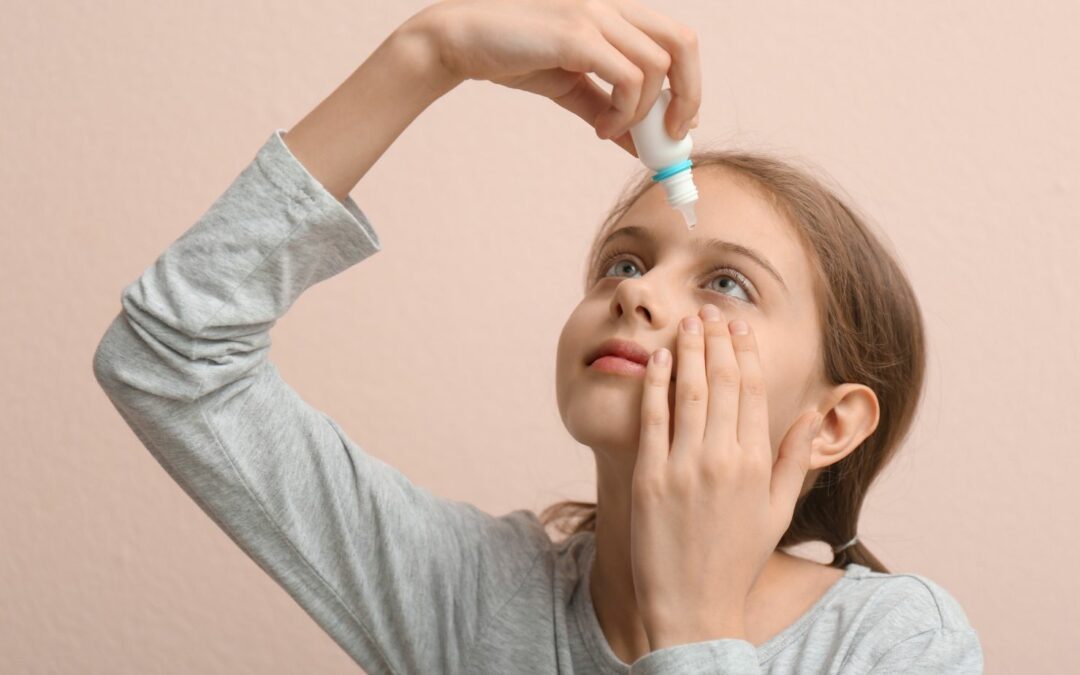Eye Drops For Toddlers
If you’ve ever had to deal with a toddler who needs eye drops, you know how challenging it can be. As a parent, the thought of administering medication to your little one’s eyes can be daunting. That’s why I wanted to share some helpful information about eye drops for toddlers.
When it comes to using eye drops for toddlers, there are a few important things to keep in mind. First and foremost, it’s crucial to consult with your child’s pediatrician or an ophthalmologist before starting any treatment. They will be able to assess your child’s condition and provide specific guidance on which type of eye drops to use and how often they should be administered.
One common concern parents have is whether or not their toddler will cooperate during the process. Let me assure you that it is completely normal for toddlers to resist having something put into their eyes. However, there are techniques you can try to make the experience easier for both you and your little one. From distraction techniques like singing songs or playing games, to using gentle restraint if necessary, finding what works best for your child is key.
Remember, always follow the instructions provided by your healthcare professional when using eye drops for toddlers. With patience, practice, and proper guidance from medical experts, you can help ensure that your toddler receives the necessary treatment while minimizing discomfort as much as possible.

The Importance of Eye Care for Toddlers
As a parent, I understand the importance of taking care of my child’s health. From ensuring they eat nutritious meals to keeping them safe from harm, there are numerous aspects to consider. One area that should never be overlooked is eye care for toddlers.
- Development and Learning: Vision plays a crucial role in a child’s development and learning process. During their early years, children rely heavily on their eyes to explore the world around them, recognize faces, and learn new concepts. Any issues with their vision can hinder their ability to grasp information effectively.
- Early Detection of Problems: Regular eye examinations are essential for detecting potential problems at an early stage. Some common issues that can affect toddlers’ eyes include refractive errors (such as nearsightedness or farsightedness), lazy eye (amblyopia), or crossed eyes (strabismus). Identifying these concerns early on allows for timely intervention and treatment.
- Prevention of Further Complications: Addressing eye problems during toddlerhood can prevent more serious complications later in life. When left untreated, certain conditions can cause permanent vision loss or impact a child’s visual development permanently. By addressing these issues promptly, we give our children the best chance at optimal eye health in the long run.
- Promoting Safety: Caring for your toddler’s eyes also involves promoting safety measures to protect them from potential hazards. Ensuring they wear protective eyewear when engaging in activities like sports or using tools helps minimize the risk of injuries that could harm their eyesight.
Understanding Common Eye Conditions in Toddlers
When it comes to our little ones, their health and well-being are always our top priority. One area that may cause concern for parents is the health of their child’s eyes. Toddlers are prone to certain eye conditions that can affect their vision and overall eye health. In this section, we’ll take a closer look at some common eye conditions in toddlers.
1. Conjunctivitis (Pink Eye)
Conjunctivitis, commonly known as pink eye, is a highly contagious infection that causes redness and inflammation of the conjunctiva, the thin membrane covering the white part of the eye. It can be caused by bacteria, viruses, or allergies. Symptoms include redness, itching, discharge, and sensitivity to light.
2. Blocked Tear Ducts
Blocked tear ducts are another common issue among toddlers. The tear ducts may not fully develop at birth or become blocked due to an infection or other factors. This condition leads to excessive tearing and discharge from the eyes.
3. Strabismus (Crossed Eyes)
Strabismus occurs when there is a misalignment of the eyes where one eye points inwards or outwards while the other remains straight ahead. It can affect depth perception and lead to amblyopia if left untreated.
Jessica has a flair for writing engaging blogs and articles. She enjoys reading and learning new things which enables her to write different topics and fields with ease. She also strives to break down complex concepts and make them easy for anybody to comprehend.





